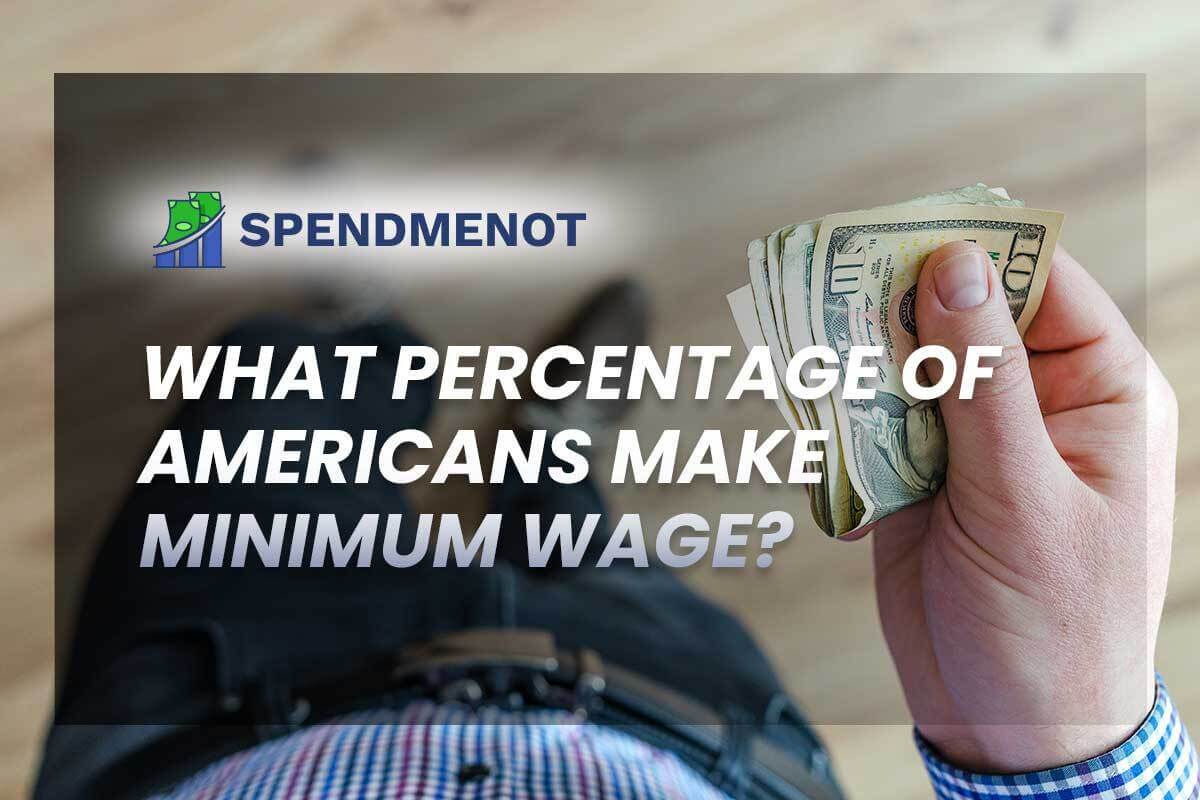Pet Ownership Statistics by State
Last Updated: January 11, 2023
Pets make our lives better, and many people consider them equal members of their families. They’re amazing companions, and from “simple” pets to therapy and seeing-eye dogs are an integral part of the lives of many Americans.
With all that in mind, it’s no surprise the pet ownership and spending on pet accessories is on the rise. Pet ownership statistics by state bear out this fact and show some interesting trends that we’ll share with you in this article.
Pet Industry Statistics (Editor’s Choice):
- An estimated 67% of all households in the US own at least one pet.
- Roughly 50% of all households in the US own a dog.
- Around 34% of US households own at least one cat.
- Dogs are by far the most popular pets, with 97 million owned across the country.
- 2.52 million pets are insured in the US.
- Millennials make up 31% of all pet owners in the US.
- Wyoming has the highest pet ownership rate at 71.8%.
- Rhode Island is the state with the lowest percentage of pet ownership at 45.4%.
This showcases just how immense the industry is. Now let’s take a closer look and the stats and facts.
Basic Pet Ownership Stats — A Broad Overview
Let’s start with some basic facts and stats about pets and the pet industry in the US. We’ll tell you everything you need to know in order to understand the topic and the rest of the article. Have you ever wondered how many people own dogs in the US? Or cats? Read on to find out.
1. 67% of households in the US own a pet of some kind.
(Source: APPA)
According to the American Pet Products Association survey, two-thirds of the population is a massive market to tap into, especially when we take into account that a majority of pet-owning households own more than one pet. In addition, 20% have owned a pet but no longer do. Only 13% of households were never pet owners.
2. Dogs are the most popular pets.
(Source: APPA)
This really shouldn’t come as a surprise. There are 97 million dogs with homes in the US, and 74.7% of pet-owning households, and half of all households, have at least one dog.
So how many households own dogs in the US?
The answer is 63.4 million, which is over 50% more than cats. Other types of pets don’t even break double digits. They’re also the most loved, with 85% of households considering them equal family members and 14% companions.
3. 34% of all US households own a cat.
(Source: APPA)
Cat ownership statistics show that felines hold a solid second place when it comes to pet popularity. Americans own 76 million cats, and they’re housed in 42.7 million households. Over three-quarters (76%) of cat-owning households feel they’re members of their families, while 20% consider them companions. Around 3% consider them property under their care.
4. 29% of households own both cats and dogs.
(Source: APPA)
Not everyone only picks one type of pet and sticks with them. In fact, almost a third of all US households are multi-pet and own both cats and dogs.
Pet Ownership Statistics by State: States with Most Pet Owners
We already know that Americans love their pets, but let’s check out which states have the most pet owners.
5. Wyoming has the highest percentage of pet-owning households at 71.8%.
(Source: AVMA)
This is significantly above the national average and puts the state in the solid first place when it comes to pet ownership. Of course, Wyoming is not a populous state, and that means that roughly 172,000 out of 240,000 households own at least one pet.
6. 70.7% of West Virginian households have one pet or more.
(Source: AVMA)
According to pet owner statistics, the second place goes to West Virginia, and by a very thin margin of a single percentage point. In absolute numbers, this amounts to 534,000 households out of the total of 755,000.
7. California has the highest number of households with pets.
(Source: AVMA)
This is not surprising, considering it’s the most populous state. 7.959 million households in California own at least one pet. However, pet ownership stats indicate that the state is not far from the national average at 57.2%.
8. Texas has 5.88 million pet-owning households.
(Source: AVMA)
This makes Texas the state with the second-highest absolute number of pet owners. Despite having lower absolute numbers than California, a higher percentage of Texans own pets. In total, 58.2% of 10.105 million households own pets.
Pet Ownership Statistics by State: States with Least Pet Owners
Even in states with the fewest pet owners per capita, pet ownership is still high. There are only eight (nine if you count Washington DC) states where pet ownership is under 50%. Let’s see what more we can discover about them.
9. Rhode Island is the state with the lowest percentage of pet owners.
(Source: AVMA)
Only 45.4% of people in Rhode Island own a pet. Despite that, pet owner statistics show that the absolute numbers are still higher than Wyoming (the state with the highest percentage of pet owners), with 204,000 out of 450,000 households having pets.
10. 46.4% of households in South Dakota own pets.
(Source: AVMA)
This is the state with the second-lowest number of pet owners. Around 165,000 out of 356,000 households have at least one pet. This means it’s the state with the lowest absolute numbers of pet-owning households.
11. According to pet ownership stats, District of Columbia has the lowest number of pet-owning households.
(Source: AVMA)
The honorable mention goes to Washington DC. While it’s technically not a state, it should still be included in this list. It has the lowest number of pets both per capita and in absolute terms. The latter is not surprising, considering it’s a relatively small region, but only 38.2% of households own pets. That’s 123,000 out of a total of 321,000.
Pet Ownership Statistics by State: Cats and Dogs
Now that we’ve seen the big numbers about general pet ownership, let’s check which states are the best (and worst) when it comes to ownership of the most common pets in the US — cats and dogs.
12. New Hampshire has the lowest percentage of dog owners.
(Source: AVMA)
It seems that the people of New Hampshire aren’t too fond of dogs — at least compared to the rest of Americans. Only 23.7% of them own dogs. Those who do, typically own one or two canines; the average number of dogs per household is 1.4.
13. 58.3% of Idaho households own dogs.
(Source: AVMA)
That’s well above the national average, which makes Idaho by far the most dog-friendly state in the entire US. There are 645,000 dogs distributed among 378,000 households.
14. The average cat-owning household in Vermont owns 1.3 cats.
(Source: AVMA)
According to US pet ownership statistics, roughly 44.6% of Vermont households own at least one cat, making it the most cat-dominated state in the US. The domestic cat population is estimated to be 150,000, and they’re distributed among 118,000 households.
15. Only 16.7% of Rhode Islanders own cats.
(Source: AVMA)
While there aren’t many people who own cats in Rhode Island, those who do seem to have more than the average number. The cat population in this state is fairly small, only counting 151,000 felines.
Pet Owner Demographics
We’ve talked about the states themselves, but people are the ones who actually own pets. Let’s see how the average pet owner looks like and which demographic is the likeliest to own pets.
16. People living in houses own pets at a 52.66% higher rate than apartment dwellers.
(Source: AVMA)
This is an expected difference, as taking care of a pet is much easier if they have more space. Roughly 65.8% of people living in houses own pets in America, compared to 43.1% of people living in apartments. This maps almost exactly to the urban-rural divide, with roughly 67% of people in rural or less urban areas owning pets, compared to 43% of city residents.
17. Mobile home residents own pets at the highest rate of 73.8%.
(Source: AVMA)
This trend has been holding firm over the years; people living in mobile are the likeliest group to own pets. Their rate of pet ownership has increased by almost 10% between 2001 and 2016 — from 64.4% to 73.8%.
18. 64.7% of white households own pets.
(Source: AVMA)
This is the highest ownership rate among tracked ethnicities. Latino/Hispanic households are next with 61.4%, while African Americans have the lowest pet-ownership rate at 36.9%.
19. Family units own pets at a 48.78% higher rate than non-family households.
(Source: AVMA)
And that’s after accounting for the fact that families accounted for 69% more surveyed households. 70.7% of pet-owning households were families. Married couples (with or without children) are the likeliest to own pets, while women, living with a non-relative are the least likely.
20. While pet ownership stats show that household income positively correlates to pet ownership, the difference isn’t high.
(Source: AVMA)
The higher a person’s income, the likelier they are to own at least one pet. The difference isn’t high, but it’s definitely present. 50.3% of all pet-owning households are occupied by the above-$55,000 income bracket. The same category comprises 47.8% of people surveyed.
21. Education level doesn’t affect overall pet ownership.
(Source: AVMA)
The distribution of pet owners by education level tracks the spread of education levels among the general population. When it comes to pet types, pet statistics indicate that horses are more frequently owned by people with Master’s degrees and above, while dogs, cats, and birds are likelier to be owned by people who didn’t attend college — 41.6%, 41.8%, and 49% respectively.
22. 31% of the pet owners in the US are millennials.
(Source: APPA)
Millennials hold the first spot as the cohort with the highest percentage of pet owners in the US, comprising almost a third of all pet-owning households. Baby boomers are close behind them with 29%, and Gen Xers are third with 26%. The Zoomers or Gen Z are still fairly young but they’re coming in strong, representing 11% of pet ownership in the States. The remaining members of the silent generation stand at 4%.
Pet Industry Statistics
Based on the amount of money spent by pet owners for all pet-related expenditures, it’s clear that all sectors of this industry are experiencing sizable growth and that the pet market is booming both in the US and worldwide.
23. The pet care market is expected to grow from $207.9 billion in 2020 to $325.74 billion by 2028, with a CAGR of 5.6%
(Source: GlobeNewswire)
Pet adoptions are on the rise, especially during the pandemic. Furthermore, technological advancement has further improved the pet care industry. Finally, the increasing demand for nutritious and plant-based foods will ensure steady and healthy growth of the market.
Additionally, the invention of products like AI-supported pet cameras, smart feeders, similar gadgets has made it easier for pet owners to care for their pets despite their busy schedules.
24. Dog owners spend close to $1,201 on their pets annually, while cat owners spend an average of $687.
(Source: TD Ameritrade)
We finally have an answer to the question of “how much do Americans spend on pets?” Pet owners spend a considerable amount on their furry best friends every year, and the first year of owning a pet can easily exceed $1,000. Due to dogs being the more popular choice of pet, companies produce more premium breed-specific dog products.
- According to a TD Ameritrade survey, 47% of dog owners and 41% of cat owners stated that their pet had been more expensive than they had anticipated.
- As per pet spending statistics, dog owners spent $442 on dog food annually while cat owners spent $329 on cat food.
25. Pet health insurance for the US totaled a gross premium of $1.56 billion in 2019.
(Source: III Org)
Pet expenses don’t only cover food, toys, and accessories; they also involve vet visits, which can become costly in the absence of pet insurance. While some pet owners wonder if pet insurance is worth it, it’s clear that the rising cost of animal health care means few people can afford a serious vet visit out of pocket.
Almost half of the people surveyed say that they wouldn’t be able to cover a $5,000 vet bill without insurance. Despite that, pet industry statistics show that only 2.52 million pets in the US were insured by the end of 2019.
If this is something that concerns you, you might want to check out our pet insurance reviews and make sure your pet is taken care of in every situation.
26. More than 50% of dog and cat owners give their pet a Christmas gift or treat.
(Source: SPINS)
Pets are an important part of many households, and most people treat them like family members. So it’s not uncommon for pets to get holiday gifts and be included in various celebrations.
One of the leading causes of pet industry growth has been the pampering we’ve been giving to our pets. Around 50% of dog owners and about a third of cat owners celebrate their pet’s birthday, and around a quarter of both give them treats to celebrate Halloween.
Key Takeaways
We can surmise from pet ownership statistics by state, owner demographics, and industry that there’s a trend of increased pet ownership across the US. Pet owners are also spending more on their pets and are trying to take better care of them than ever before.
Dogs are the most popular pets globally, followed closely by cats and eventually fishes. Millennials are the largest age group of pet owners, so they should be the biggest target market for all pet care-related products.










